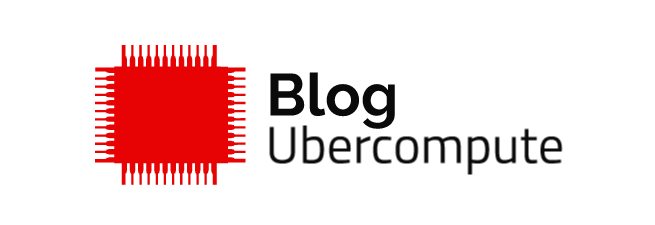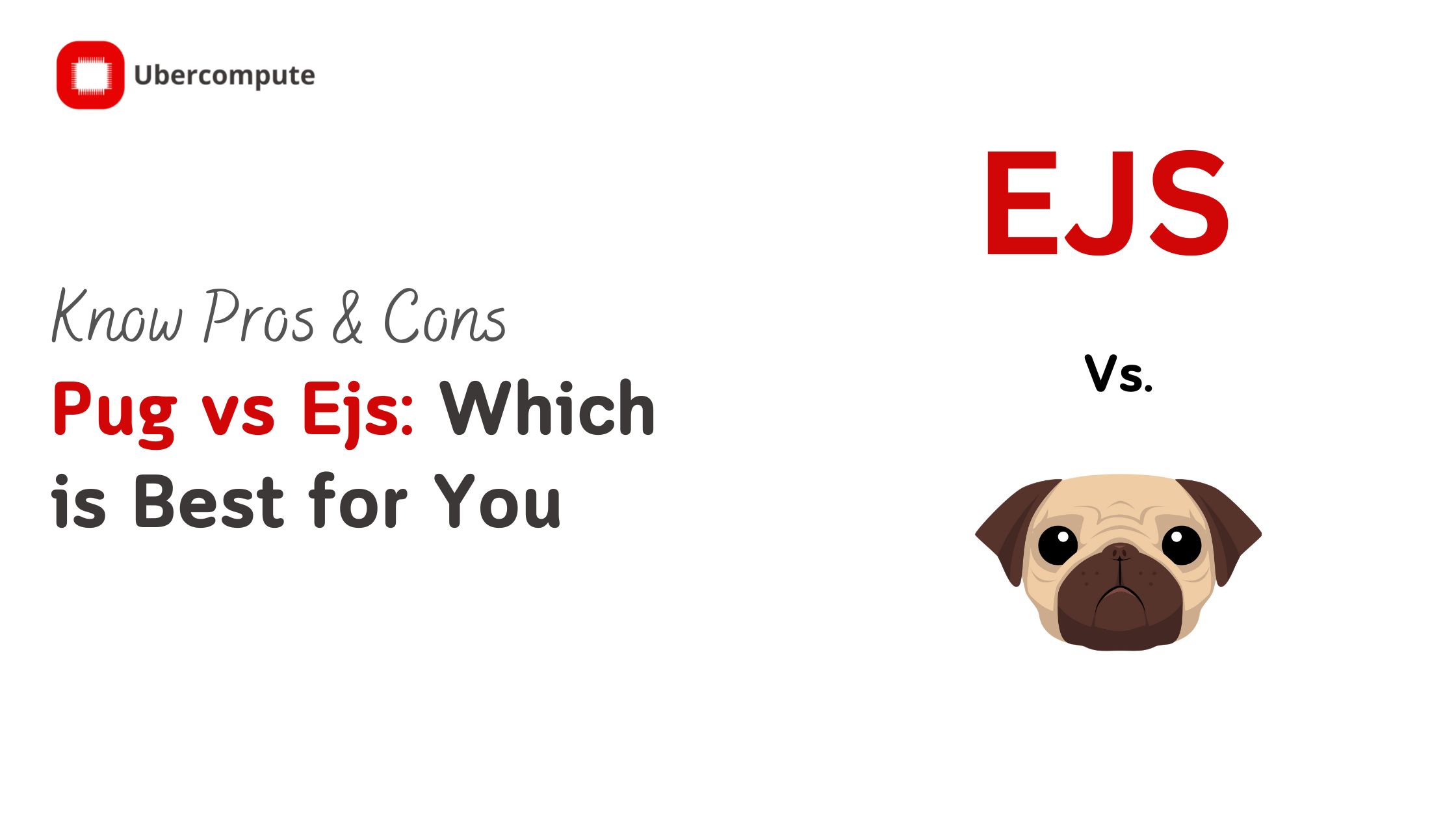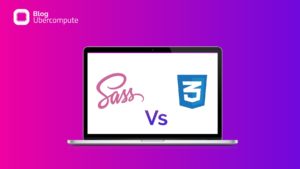Are you building a web application with Node.js and wondering which template engine is the best fit for you? Look no further! Pug and EJS are two popular options, each with its own unique features and benefits to suit your specific needs and preferences. Don’t settle for a template engine that doesn’t meet your needs – explore the options and make an informed decision.
When it comes to building web applications with Node.js, you have a number of different template engines to choose from. Two of the most popular options are Pug and EJS (Embedded JavaScript). Both of these template engines are widely used, and they have their own unique features and benefits.
In this blog post, we’ll take a closer look at Pug and EJS, and we’ll compare them based on factors such as readability, scalability, performance, and community support to help you determine which one is the best fit for your project.
Pug is a template engine that was originally known as Jade. It’s designed to be concise, easy to read, and easy to write, and it uses a syntax that is similar to indentation-based languages like Python. One of the main benefits of Pug is that it allows you to write HTML code in a more expressive and readable way.
For example, you can use tags like div and p without having to worry about closing them, because Pug will handle that for you.
Another advantage of Pug is that it has a large and active community of users, which means that you can find a wealth of resources and support online. There are also a number of plugins and libraries available for Pug, which can help you extend its functionality and streamline your workflow.
EJS, on the other hand, is a template engine that allows you to embed JavaScript code directly in your HTML templates. It uses a syntax that is similar to HTML, with the addition of special tags that allow you to include JavaScript code. This makes EJS a great choice if you want to build dynamic templates that can be rendered on the server-side.
One of the main benefits of EJS is that it’s easy to learn and use, especially if you already have a background in HTML and JavaScript. It also has a relatively simple syntax, which means that you can get up and running with EJS quickly. Like Pug, EJS has a large and active community of users, and there are a number of plugins and libraries available to help you extend its functionality.
Key Differences Between Pug and Ejs
Pug and EJS are both popular template engines for Node.js, and they have their own unique features and benefits. Here are some differences between the two based on various points:
- Usability: Both Pug and EJS are relatively easy to use, but Pug’s syntax may be more familiar to developers who are familiar with indentation-based languages like Python. EJS, on the other hand, has a syntax that is similar to HTML, which may be more familiar to some developers.
- Readability: Pug templates tend to be more concise and easier to read than EJS templates because they use a syntax that is based on indentation rather than HTML tags. This can make Pug templates a good choice if you want to build templates that are easy to maintain and update.
- Scalability: Both Pug and EJS are scalable template engines that can be used to build web applications of all sizes. However, Pug’s concise syntax and ability to use variables and other dynamic elements may make it a better choice for building larger and more complex templates.
- Performance: In general, Pug templates tend to be faster and more efficient than EJS templates because they are compiled into HTML on the server-side. This can be an advantage if you are building a large or complex application that needs to handle a lot of traffic.
- Community support: Both Pug and EJS have large and active communities of users, which means that you can find a wealth of resources and support online. There are also a number of plugins and libraries available for both template engines, which can help you extend their functionality and streamline your workflow.
Ultimately, the choice between Pug and EJS will depend on your personal preferences and the specific needs of your project. Both template engines have their own unique features and benefits, and you should choose the one that best meets the needs of your application.
Drawbacks of using a template engine (Pug or Ejs) over Html
There are a few potential drawbacks to using Pug or EJS as a template engine over traditional HTML. Here are a few to consider:
- Additional learning curve: If you are already familiar with HTML, you may find it easier to stick with traditional HTML templates. Using a template engine like Pug or EJS requires learning a new syntax and set of conventions, which can be time-consuming and require some effort to get up to speed.
- Complexity: Template engines like Pug and EJS can add an additional layer of complexity to your application. They require an additional build step to compile your templates into HTML, and you may need to spend some time learning how to use them effectively.
- Debugging: If you encounter an error in your template, it can be more difficult to debug because you are working with a compiled template rather than raw HTML. This can make it harder to identify and fix problems.
- Performance: In some cases, template engines can have a negative impact on the performance of your application. For example, if you are using a lot of dynamic elements in your templates, the additional processing required to compile the templates can slow down your application.
Basic Setup
set up Pug or EJS as a template engine in a Node.js application, you will need to install the relevant package using npm (the Node.js package manager). Here’s an example of how to set up Pug:
First, install the Pug package using npm:
npm install pugNext, create a new folder in your project to store your Pug templates. For example, you might create a folder called “views”.
Inside the “views” folder, create a new Pug template. For example, you might create a file called “index.pug” that looks like this:
html
head
title My Website
body
h1 Welcome to My Website!
p This is a sample Pug template.In your Node.js application, set up express (a popular web framework for Node.js) to use Pug as the template engine. Here’s an example of how to do this:
const express = require("express");
const app = express();
// Set up Pug as the template engine
app.set("view engine", "pug");
// Set the directory where your Pug templates are located
app.set("views", "./views");
// Define a route that renders the "index" template
app.get("/", (req, res) => {
res.render("index");
});
// Start the server
app.listen(3000, () => {
console.log("Server listening on port 3000");
});To set up EJS, the process is similar. Here’s an example of how to do it:
npm install ejsNext, create a new folder in your project to store your EJS templates. For example, you might create a folder called “views”.
Inside the “views” folder, create a new EJS template. For example, you might create a file called “index.ejs” that looks like this:
<html>
<head>
<title>My Website</title>
</head>
<body>
<h1>Welcome to My Website!</h1>
<p>This is a sample EJS template.</p>
</body>
</html>In your Node.js application, set up express to use EJS as the template engine. Here’s an example of how to do this:
const express = require("express");
const app = express();
// Set up EJS as the template engine
app.set("view engine", "ejs");
// Set the directory where your EJS templates are located
app.set("views", "./views");
// Define a route that renders the "index" template
app.get("/", (req, res) => {
res.render("index");
});
// Start the server
app.listen(3000, () => {
console.log("Server listening on port 3000");
});This is just a basic example of how to set up Pug or EJS as a template engine in a Node.js application. You can find more detailed documentation on the Pug and EJS websites.
Conclusion
Overall, the decision to use Pug or EJS as a template engine over traditional HTML will depend on the specific needs of your project. If you are building a small or simple application, traditional HTML templates may be sufficient. However, if you are building a larger or more complex application, a template engine like Pug or EJS can help you build more maintainable and scalable templates.
So, which template engine is the best choice for your project? Ultimately, the decision will depend on your personal preferences and the specific needs of your project. If you want a template engine that is concise and easy to read, then Pug might be the better choice. On the other hand, if you want a template engine that is easy to learn and use, and that allows you to embed JavaScript code directly in your templates, then EJS might be the better option.





I conceive you have remarked some very interesting points, appreciate it for the post.